Why Personal Photos on Your Phone Screen Can Pose Security Risks
We live in a digital age, and while it can offer convenience, we have to be mindful of what we share, for personal security’s sake. Our smartphones, for instance, have become more than just devices; they are extensions of our identities. It’s not uncommon to see individuals customizing their phones with personal photos as wallpapers. While this may seem like a harmless way to express oneself, it can inadvertently expose users to various privacy and security risks. In this article, we explain why setting a personal photo as your phone screen might not be the wisest decision, and we offer alternative solutions to mitigate these risks.
Privacy Concerns

Privacy is paramount in today’s interconnected world. Setting a personal photo as your phone screen opens up the possibility of compromising sensitive information if your device is lost or stolen. This image could be exploited to gather additional personal details through social engineering tactics.
Facial Recognition and Data Security
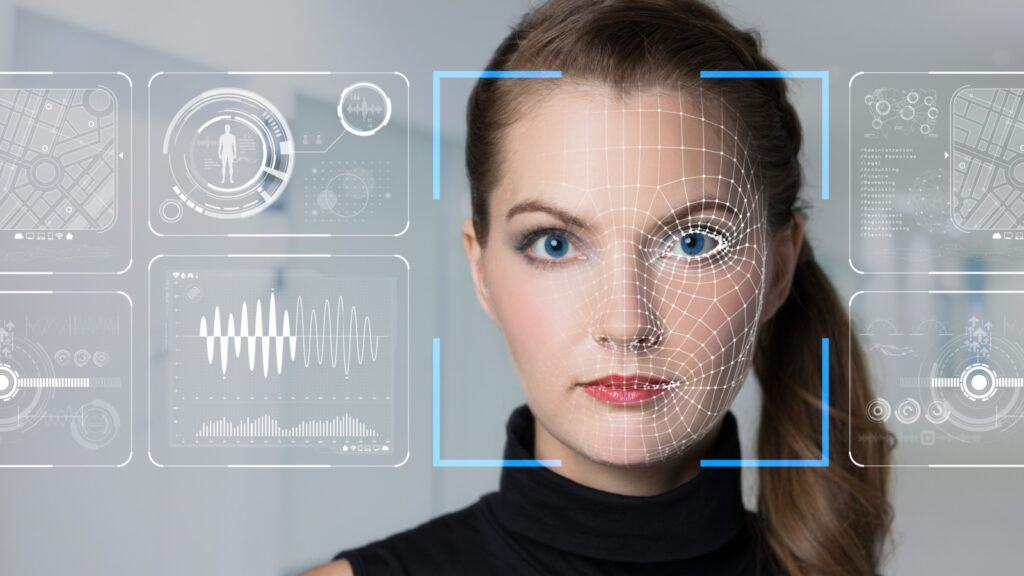
The rise of facial recognition technology poses another potential threat to users who display personal photos on their phone screens. While still in its early stages, this technology has the potential to bypass security measures, granting unauthorized access to devices.
Professionalism in Public Spaces

In professional or public settings, displaying a personal photo on your phone screen may not always be appropriate. Depending on the nature of the image, it could lead to awkward situations or be perceived as unprofessional by others.
Targeted Advertising
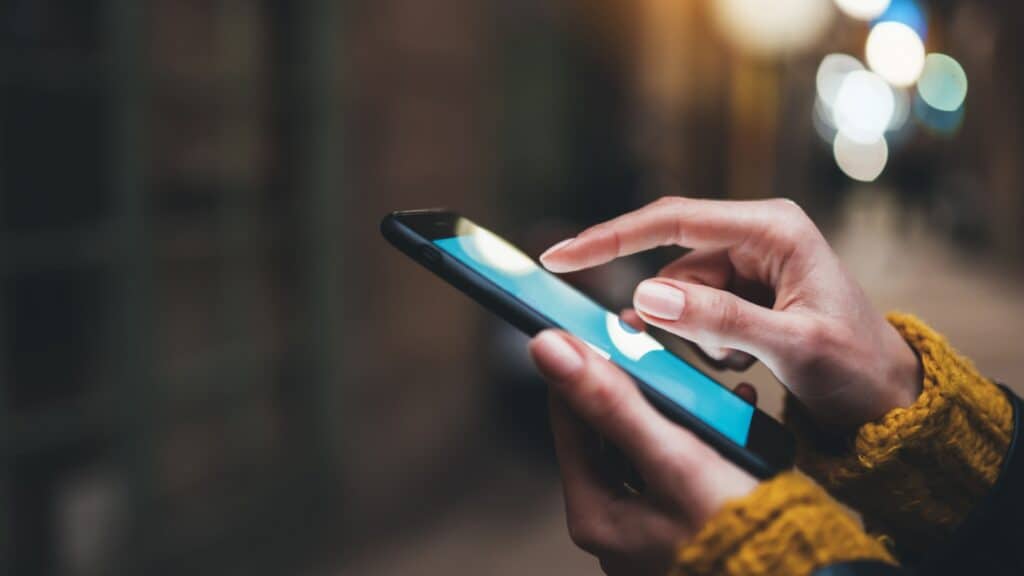
Companies leverage sophisticated algorithms for targeted advertising. By analyzing personal photos, marketers can glean insights into users’ preferences and lifestyles, potentially leading to intrusive and unwanted advertisements.
Emotional Impact
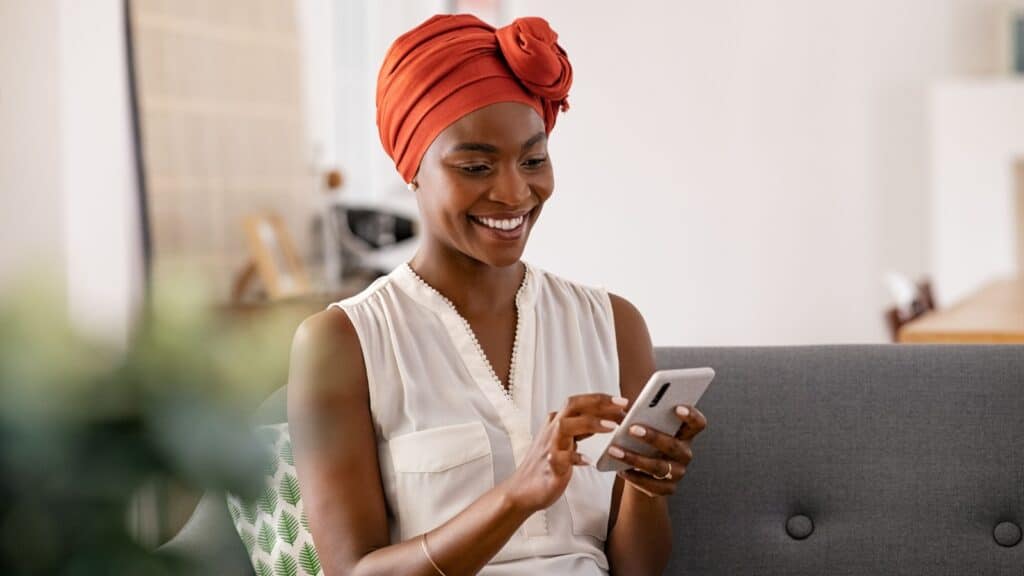
Constant exposure to a personal photo can have emotional implications. Whether it’s a picture of a loved one or a cherished memory, it may serve as a distraction or impact mood throughout the day.
The Risk of Overexposure
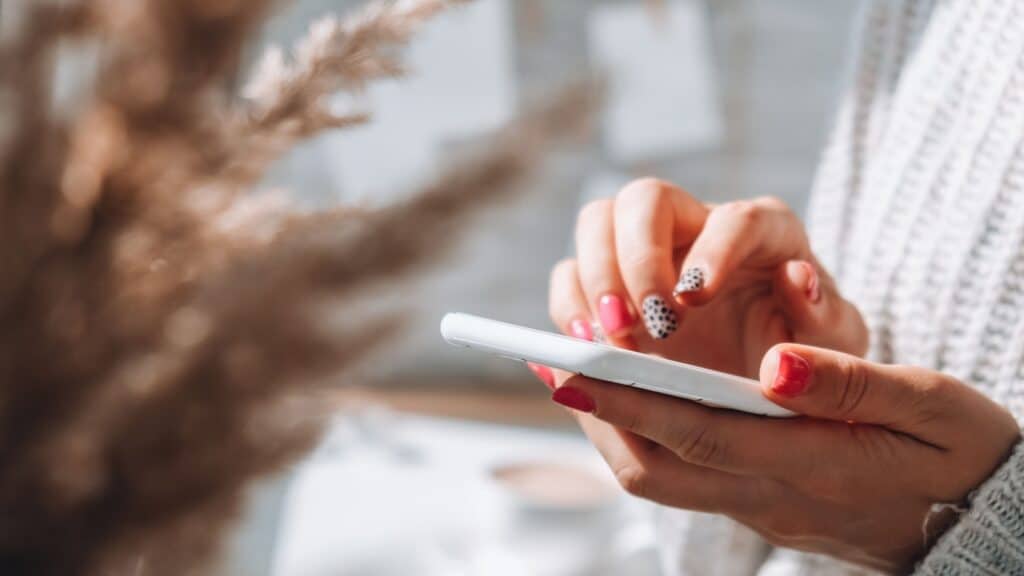
In an era of oversharing, displaying personal photos on phone screens can contribute to overexposure. This inadvertently provides individuals with insights into one’s personal life, without explicit consent.
Social Engineering Threats
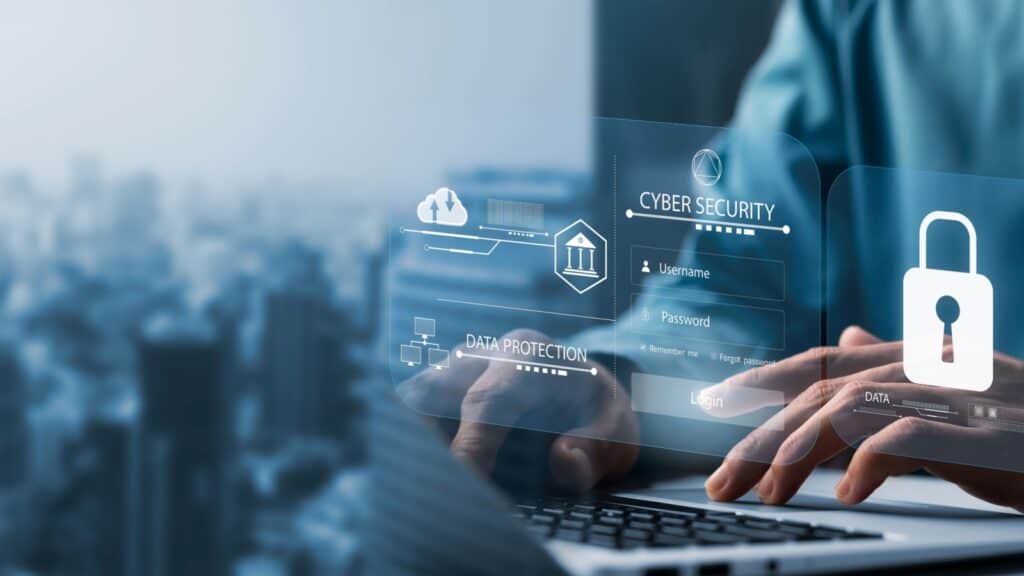
Personal photos serve as valuable tools for social engineering threats. Cybercriminals can exploit details within these images to craft convincing scams, increasing the likelihood of success.
The Illusion of Control

While users may feel a sense of control over their devices, this is often illusory. Phones are susceptible to being lost or observed by unauthorized individuals, making personal photos a potential security vulnerability.
The Alternative: Neutral Wallpapers

To mitigate these risks, it’s advisable to opt for neutral wallpapers that do not divulge personal information. Patterns, landscapes, or abstract art are excellent alternatives that maintain personalization while minimizing security concerns.
Best Practices for Phone Security

In addition to wallpaper choices, users should prioritize overall phone security. This includes implementing strong passwords, enabling two-factor authentication, and exercising caution when granting app permissions.
The Takeaway: Balancing Personalization with Security

While personalizing your phone screen is a means of self-expression, it’s essential to consider the implications for privacy and security. By refraining from using personal photos, users can safeguard themselves against a range of potential risks, contributing to a safer digital environment.By prioritizing privacy and security, individuals can enjoy the benefits of personalization without compromising their digital safety.
You May Also Want To Read:
How To Safeguard Your Identity Using RFID Protection
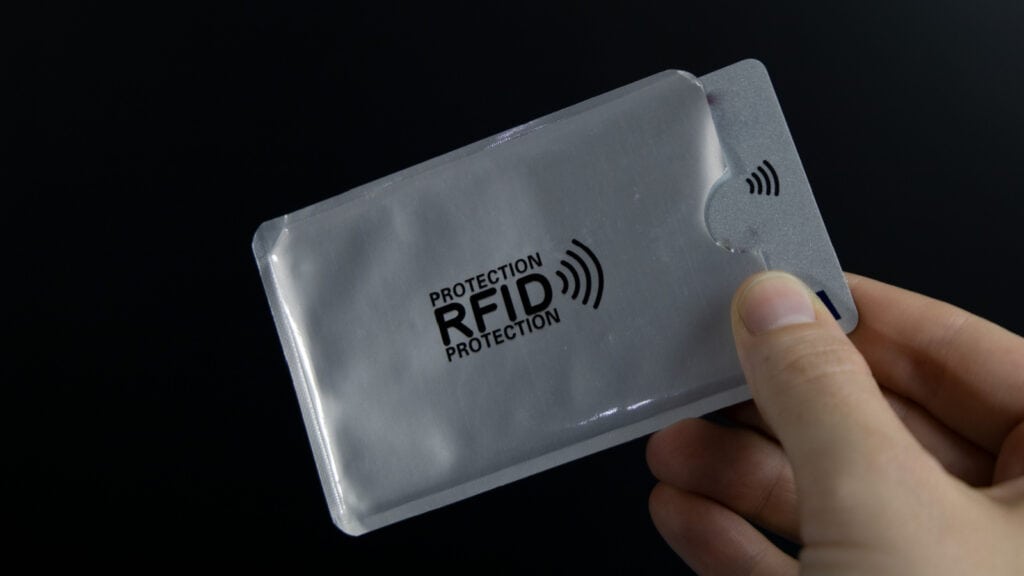
We’ve all read those stories or seen the news videos about someone who lost their entire life’s savings because a thief scanned their credit card or bank card that was in their wallet or back pocket. How does this happen and how do you avoid this? Read: How To Safeguard Your Identity Using RFID Protection
Join Us

Join us on this empowering journey as we explore, celebrate, and elevate “her story.” The Queen Zone is not just a platform; it’s a community where women from all walks of life can come together, share their experiences, and inspire one another. Welcome to a space where the female experience takes center stage. Sign up for our newsletter so you don’t miss a thing, Queen!







